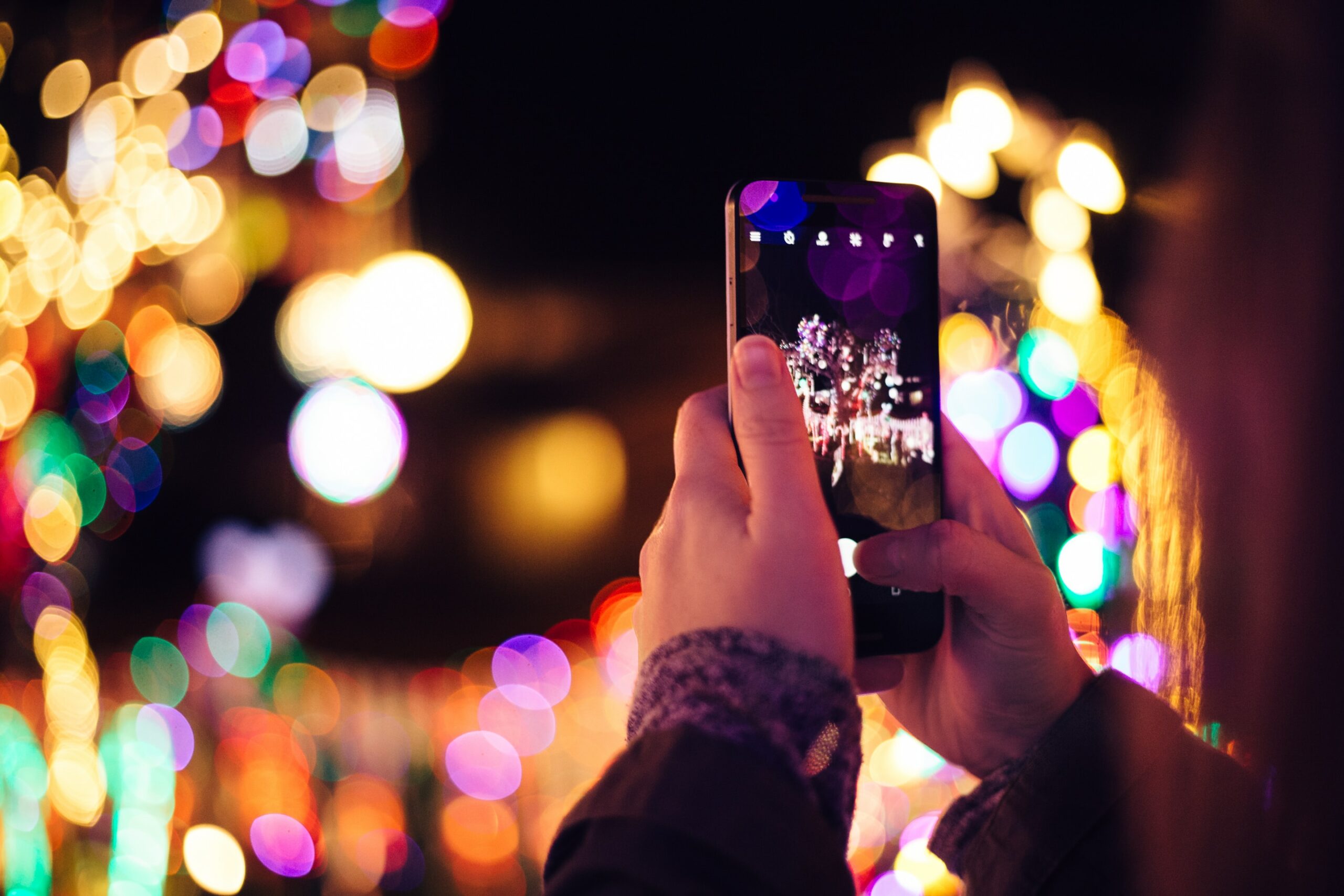Ask Arthur
Ask Arthur: Do megapixels matter?
A reader can’t see the difference between smarpthones with different megapixel specs. ARTHUR GOLDSTUCK separates hype from reality.
Q: I’ve been comparing smartphones to see which has the best camera for my budget. The 50 megapixel camera doesn’t seem better than the 12 megapixel. Does the number even matter?
When you’re shopping around for a smartphone, the camera specs are likely to be the most heavily hyped features of competing devices. Manufacturers boast about their high megapixel (MP) cameras, trying to convince us that more MPs translate into better photos. It’s true! But only to some extent. Sometimes, MPs don’t matter as much as shooting conditions and camera or software quality.
When DO they matter?
First, smartphones with higher MP counts do tend to produce images with higher resolution and finer details. This becomes especially obvious when you zoom in or crop a photo. The more MPs, the more detail shows up. That also means that, if you plan to print out smartphone photos in larger formats, like posters, higher MPs will ensure sharpness and quality.
Secondly, in well-lit conditions, like bright daylight, more MPS do capture finer details and enhance sharpness, especially for landscape and nature photography.
And when DON’T they matter?
A camera with a bigger image sessor, which lets in more light, is superior to a camera with a smaller sensor that has more megapixels. For this reason, you don’t often see sensor size as a spec, as it can count against the apparent power of the device. This is especially the case in low-light photography where massive MP counts can still fail to deliver decent quality. The bigger the aperture of the lens, and the bigger the sensor, the more light is collected, and the better the quality of the image, when there isn’t much light to start. High-MP cameras with small sensors will produce grainier images than their counterparts in such circumstances.
There are a few elements that can give low-MP cameras the edge:
* The quality of the camera lens, color accuracy, and overall performance, hence smartphone partnerships with the likes Hasslelblad, Leica and Sony;
* Image processing and software algorithms, which can enhance image quality by reducing noise, improving dynamic range, and refining colors;
* Storage space, which can quickly be gobbled up by high-MP images.



















